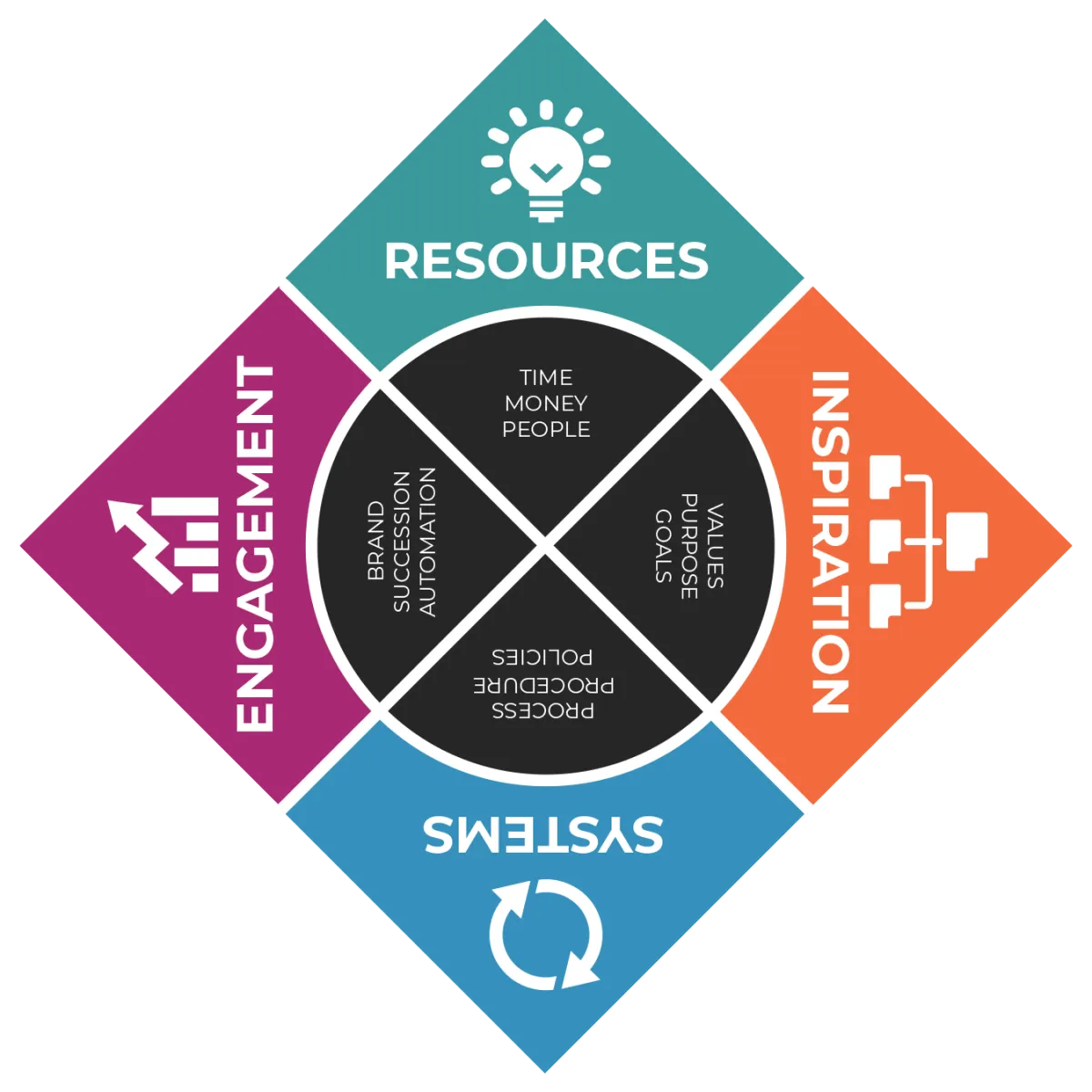
Tracking & Optimizing Your Sales Funnel – Key Metrics for Conversion Success
Why Sales Funnel Optimization is Essential for Growth
Many businesses generate leads but struggle to turn them into paying customers.
Without tracking and optimizing your sales funnel, businesses experience:
❌ Low conversion rates due to bottlenecks in the buying process
❌ Leads dropping off before making a purchase
❌ Unclear data on what’s working and what’s not
The RISE Business Framework teaches that understanding and refining your sales funnel improves conversions, reduces wasted marketing spend, and drives sustainable growth.
If your leads aren’t turning into customers consistently, it’s time to analyze and optimize your sales funnel.
What is a Sales Funnel?
A sales funnel is the step-by-step journey a potential customer takes from first interaction to final purchase.
The 4 Stages of a Sales Funnel
✔ Awareness – The prospect discovers your business (ads, social media, SEO).
✔ Interest – They engage with content, sign up for emails, or request information.
✔ Consideration – They evaluate options, compare competitors, or attend a sales call.
✔ Decision – They make a purchase or sign a contract.
📌 Example: A marketing agency might have this funnel:
Blog post attracts organic traffic (Awareness).
Visitors sign up for a free guide (Interest).
They attend a webinar explaining the service (Consideration).
Sales rep follows up, leading to a contract (Decision).
A well-optimized funnel ensures leads smoothly progress from one stage to the next.
Why Businesses Lose Sales Without Funnel Tracking
Many companies fail to optimize their funnel because they:
🚫 Don’t track where leads drop off in the process
🚫 Aren’t measuring conversion rates at each funnel stage
🚫 Lack automation to nurture and follow up with prospects
Without a structured funnel optimization strategy, businesses experience:
❌ Low ROI on marketing efforts
❌ Leads stalling and never converting into customers
❌ Inconsistent revenue due to unpredictable sales cycles
How to Track & Optimize Your Sales Funnel for Better Conversions
The RISE Business Framework provides a structured approach to tracking and improving sales funnel performance.
Step 1: Identify Key Funnel Metrics to Track
✔ Lead Conversion Rate – How many leads move to the next stage?
✔ Cost Per Lead (CPL) – How much are you spending to acquire leads?
✔ Sales Cycle Length – How long does it take to close a deal?
✔ Customer Lifetime Value (CLV) – How much is each customer worth over time?
📌 Example: A B2B SaaS company might track:
30% of website visitors sign up for a free trial
10% of free trial users convert to paying customers
Step 2: Analyze Drop-Off Points in the Funnel
✔ Identify where leads are dropping off.
✔ Use heatmaps, analytics, and CRM data to pinpoint bottlenecks.
📌 Example: A real estate agency might find:
Leads inquire about a property but never schedule a showing.
Solution: Send automated reminders and offer incentives to book a tour.
Step 3: Automate Lead Nurturing & Follow-Ups
✔ Use email sequences and CRM tools to engage leads.
✔ Automate reminders, check-ins, and personalized content.
📌 Example: A consulting firm might:
Send a follow-up email after a discovery call with case studies.
Use SMS reminders before a scheduled consultation.
Step 4: Optimize Each Stage of the Funnel
✔ Improve landing pages to increase lead capture.
✔ Refine sales scripts to handle objections better.
✔ Offer limited-time promotions to create urgency.
📌 Example: A fitness coaching business might:
Increase urgency by offering a 24-hour discount on personal training packages.
Use testimonials to boost trust and credibility.
Step 5: Test & Refine Using A/B Testing
✔ Test different ad creatives, headlines, and CTAs.
✔ Optimize email subject lines and landing page designs.
📌 Example: A legal services firm might:
Test two versions of an ad: One highlighting affordability, another focusing on expertise.
Analyze which version converts more leads into booked consultations.
Frequently Asked Questions (FAQs)
FAQs About Sales Funnel Tracking & Optimization
1. What are the most important sales funnel metrics to track?
✔ Lead conversion rate, cost per lead, sales cycle length, and customer lifetime value.
2. What’s the biggest mistake businesses make with their sales funnel?
✔ Not identifying where leads drop off—you can’t fix what you don’t measure.
3. How do I measure if my funnel optimizations are working?
✔ Compare before-and-after conversion rates, customer acquisition costs, and revenue growth.
FAQs About the RISE Business Framework
1. How does RISE help businesses improve their sales funnels?
RISE provides funnel tracking templates, automation strategies, and A/B testing frameworks.
2. Can small businesses benefit from funnel tracking and optimization?
Yes! Even small businesses can use free tools like Google Analytics and HubSpot to track funnel performance.
3. How do I start improving my sales funnel?
Final Thoughts
A well-optimized sales funnel converts more leads, increases revenue, and improves marketing ROI.
By tracking key metrics and refining each stage of the funnel, businesses can:
✅ Reduce drop-off rates and improve conversions
✅ Shorten sales cycles and close deals faster
✅ Maximize return on investment (ROI) for marketing and sales efforts
🚀 Want to improve your sales funnel? Start by tracking your conversion metrics today!
